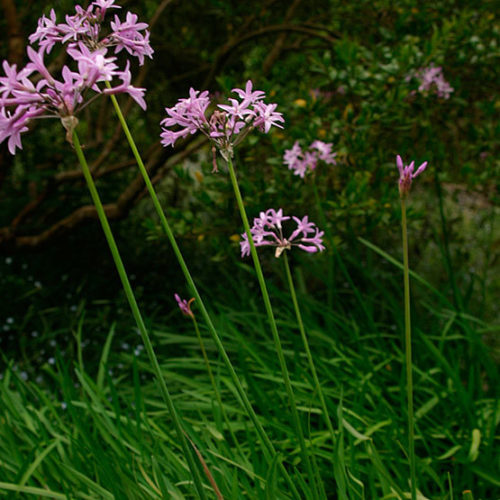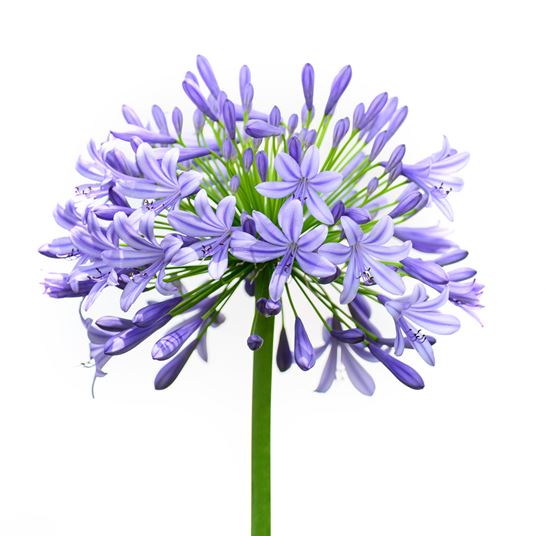Grasping the Art of Agapanthus Care: Vital Steps for Healthy Growth and Lively Blooms
In the world of horticulture, the growing of agapanthus stands as a rewarding undertaking for those who look for to nurture these elegant flowering plants. With their striking flowers and stylish foliage, agapanthus has caught the focus of gardeners worldwide. Nonetheless, achieving ideal development and vibrant blooms requires a nuanced strategy that incorporates different vital actions. From choosing the best range to mastering trimming techniques, the journey in the direction of growing growing agapanthus plants is complex and holds the essential to unlocking the full possibility of these herb treasures.

Picking the Right Agapanthus Selection

When choosing the right Agapanthus selection for your yard, consider aspects such as environment viability, bloom shade, and development practice. Agapanthus, generally called Lily of the Nile or African lily, comes in a variety of shades ranging from tones of blue and purple to white. Pick a bloom shade that complements your existing garden scheme to develop a harmonious landscape. Additionally, take into consideration the environment in your region to make certain the Agapanthus range you select can thrive in your certain problems. Some selections are extra tolerant of chilly temperatures, while others prefer warmer environments. Recognizing the growth routine of various Agapanthus ranges is important for correct placement within your garden. Some selections have a clumping growth practice, perfect for containers or boundaries, while others have a more dispersing nature, appropriate for ground cover or mass growings. By meticulously evaluating these aspects, you can pick the excellent Agapanthus variety to enhance the appeal of your yard.
Suitable Growing Problems
Thinking about the optimum environmental needs is crucial for effective Agapanthus farming. Agapanthus plants are delicate to cool temperature levels and ought to be secured from frost throughout wintertime months.
To guarantee healthy growth and lively blossoms, plant Agapanthus bulbs at a depth of regarding 2-4 inches and space them 8-12 inches apart. Adding raw material, such as compost, to the soil can improve drain and fertility, promoting robust origin growth. Mulching around the base of the plants aids maintain dampness and subdues weed development. Routine watering is critical, particularly throughout the growing period, to keep the dirt regularly wet yet not saturated.
Watering and Feeding Tips
Maintaining correct dampness degrees and giving vital nutrients are crucial aspects in the care routine for Agapanthus plants. When it comes to watering Agapanthus, it is essential to strike a balance. These plants choose constantly wet soil but are vulnerable to root rot if overwatered.
Feeding Agapanthus is crucial for advertising healthy and balanced development and prolific blossoms. Apply a balanced plant food, such as a 10-10-10 formula, in the early spring as new growth arises. By complying with these watering and feeding tips, you can ensure your Agapanthus plants thrive and create vivid, durable flowers.
Pruning Techniques for Agapanthus
Trimming Agapanthus plants at the ideal times and with proper techniques is critical for keeping their health and wellness and advertising optimal growth and blooming. The optimal time to prune Agapanthus is in late wintertime or early springtime prior to new development arises. Beginning by getting rid of any type of dead or yellowing leaves near the base of the plant. Cut them as short as feasible without damaging the arising shoots.
Deadheading spent blossoms can additionally reroute the plant's energy into creating even more blossoms instead than setting seeds. If you desire to collect seeds for breeding, leave some flowers to dry and fully grown on the plant.
Bear in mind to use tidy, sharp devices to make exact cuts and lower the risk of introducing illness. Agapanthus. Regular pruning will certainly aid maintain your Agapanthus looking check it out healthy and cool while guaranteeing a plentiful display screen of stunning blooms
Managing Typical Insects and Conditions
After making certain proper pruning techniques for Agapanthus, it is essential to resolve usual insects and illness that can impact the health and wellness and vitality of these plants. One usual bug that impacts Agapanthus is the Agapanthus gall midget.
Furthermore, Agapanthus plants can endure from origin rot if they are planted in inadequately Look At This draining pipes dirt. By being watchful and taking prompt action against diseases and insects, you can help your Agapanthus plants grow and generate vivid blossoms. Agapanthus.

Verdict
In final thought, understanding the art of agapanthus treatment includes selecting the right selection, giving optimal growing conditions, proper watering and feeding, appropriate trimming strategies, and resolving typical parasites and illness. By complying with these vital steps, you can make sure healthy and balanced growth and dynamic blooms for your agapanthus plants. Bear in mind to routinely monitor and maintain your plants to promote their overall wellness and long life.
To guarantee healthy development and vibrant flowers, plant Agapanthus light bulbs at a depth of about 2-4 inches and room them 8-12 inches apart. By complying with these watering and feeding ideas, you can ensure your Agapanthus plants thrive and produce lively, long-lasting blooms.
One common pest that reference affects Agapanthus is the Agapanthus gall midge. In addition, Agapanthus plants can endure from origin rot if they are grown in poorly draining pipes dirt. By adhering to these essential actions, you can make certain healthy and balanced development and dynamic flowers for your agapanthus plants.